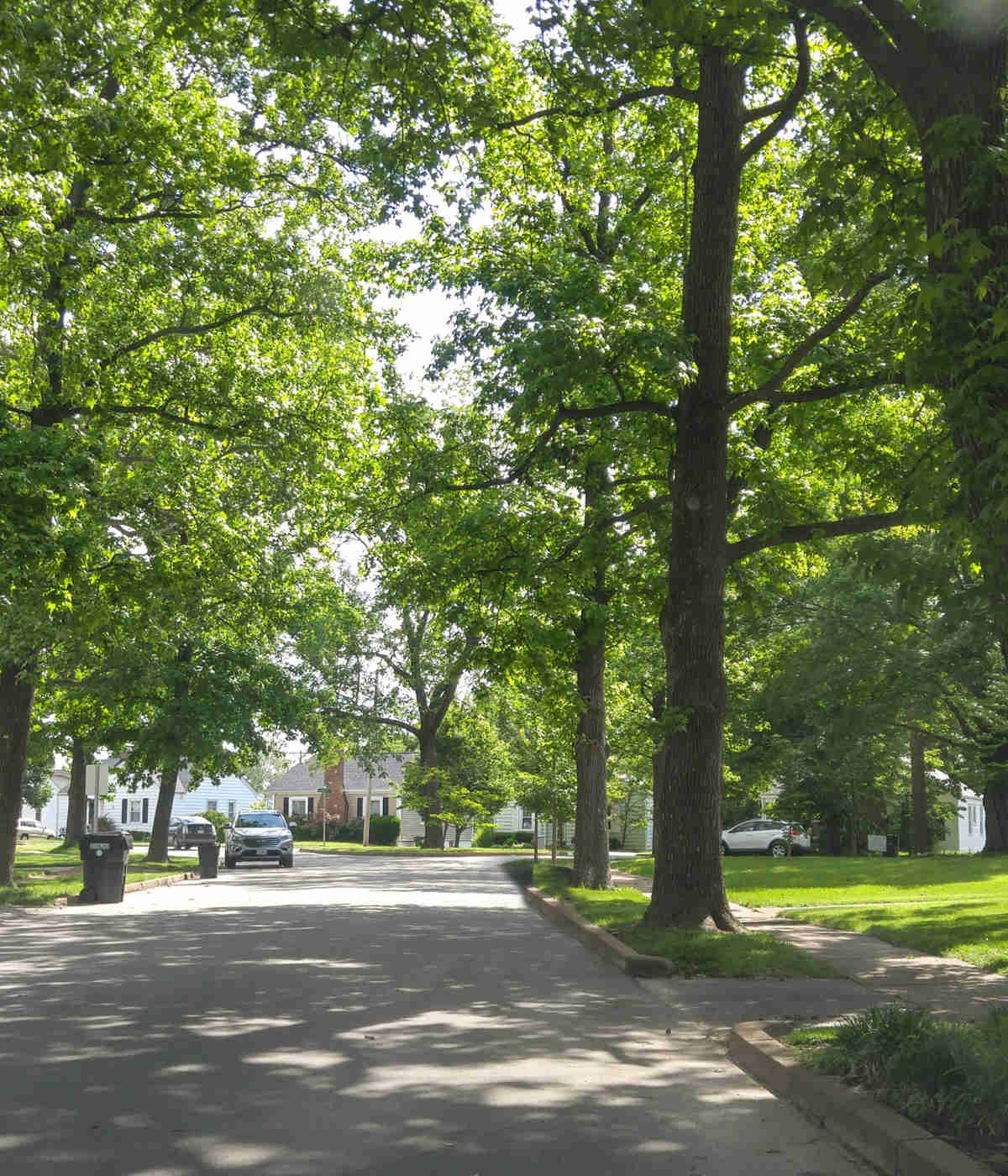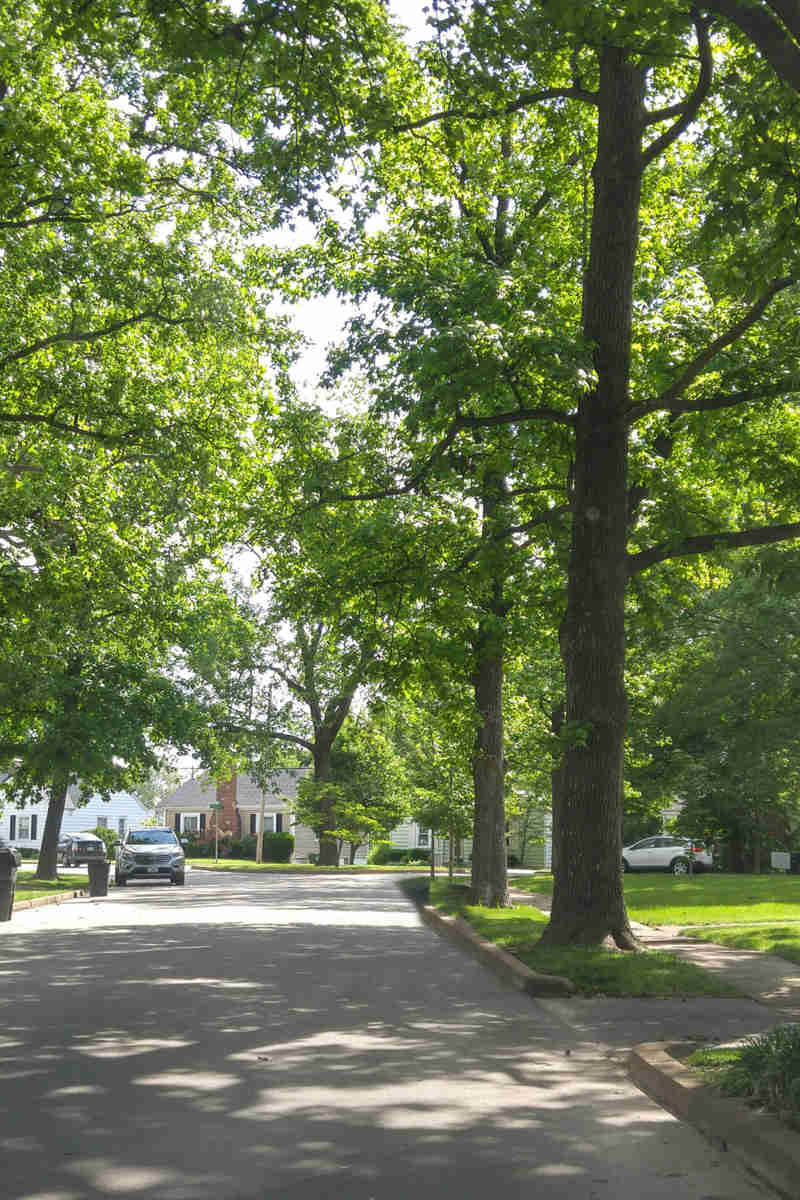Palm trees require specific year-round care to maintain their recognizable fronds and stems. From proper pruning to consistent watering and fertilization, knowing how to care for palms properly can be a challenge. To make things more complicated, this care can also vary depending on location.
The Southwest and Southeast regions of the U.S. are both palm-friendly climates that drastically differ in weather. While the Southeast’s weather can be associated with the humid subtropics, the Southwest experiences drier climates. Because of these differences, palm tree care like watering, fertilizing, pruning, and winter care may not look the same.
As a property manager, maintaining palm trees' health and iconic beauty on your property requires specialized, year-round care. From proper pruning to consistent watering and fertilization, understanding the unique needs of palm trees can be challenging—especially when care requirements vary by location.
For example, the Southwest and Southeast regions of the U.S., both known for their palm-friendly climates, experience vastly different weather patterns. The Southeast’s humid subtropical conditions contrast sharply with the Southwest’s drier, arid climate. These differences mean that essential tasks like watering, fertilizing, pruning, and winter care must be adapted to suit each region’s specific environment.
Palm Tree Soil Care
Soil supports palm tree roots, allowing them to anchor into the ground against strong winds while channeling nutrients they need to grow. Well-draining soils are best for palm roots to spread and grow and help reduce the risk of root rot or other diseases from overwatering.
Generally, a mixture of sand, peat moss, and pine bark provides the right balance of drainage and nutrient retention for palms at planting.
For Southeastern palm trees, native soil can lack the nutrition needed for healthy trees, such as magnesium, and manganese. In the Southwest, palms tend to need pH level management because of the alkaline soil.
Watering Palm Trees
Some palm trees, such as Mexican blue palm, Jelly palm, and Guadalupe palm, are drought-tolerant plants, making them perfect for the Southwestern climate where rainfall is less consistent. Other species can tolerate greater amounts of precipitation that occur in the Southeast. Overwatering can cause root rot and other diseases and wash away the nutrients palm trees need to thrive.
Effective watering is key to maintaining healthy palm trees, and the right routine depends on your region's unique weather conditions. In the Southwest, where temperatures often soar above 100°F, deep watering two to three times a week can help prevent water heat stress. A well-maintained irrigation system ensures the roots receive adequate moisture without the risk of overwatering.
In the Southeast, with its more humid climate, watering once or twice per week—provided there’s no significant rainfall—should suffice to keep palms thriving. Always follow your local municipality's watering restrictions to ensure compliance and sustainable practices.
Our team is here to guide you with tailored care strategies to keep your palms healthy and vibrant, no matter where your property is located.
Fertilizing Palm Trees
Lush, green, and vibrant palm trees can help boost your property’s curb appeal. Fertilizers can help palm trees stay healthy by providing supplemental nutrients that the soil may be missing. In the Southeast, it’s best to fertilize palms every 3 to 4 months.
In the Southwest, desert soil often lacks the essential nutrients palm trees need, making proper fertilization crucial for palm tree health. Fertilizing every three months will help your palm trees thrive. Using a slow-release granular, palm-specific fertilizer under the canopy of the tree every three months will help your palm trees thrive. Liquid fertilizer injections into the roots are more effective for palms in both regions and require the services of a professional arborist.
Palm Tree Pruning
Pruning is an important part in the care and maintenance of palm trees. Removing old growth makes way for new and helps avoid frond breakage.
For Southwestern palm trees, pruning in late spring or early summer creates a safe environment for the people on your property while helping palms stay healthy at the peak of their growing season.
In the Southeast, pruning palm trees is an essential part of hurricane prep. If left untouched, old palm growth can break off during high winds and storms, causing significant damage to people and infrastructure. Pruning before storm season hits will help decrease the chance of damage and safety risks on your property.
Mulching Palm Trees
Mulching is a great way to help palm trees retain moisture, but improperly placed mulch can create trunk rot and cause improper root development. In general, mulch shouldn’t touch the trunk of the palm tree, shouldn’t be built up more than two or three inches, and should be replaced twice a year.
In both regions, mulch also helps regulate soil temperature during high heat, stopping the soil from drying out too quickly.
How To Care For Palm Trees In Southwestern vs Southeastern Winter
While both regions are known for their sunshine and heat, winter months can create lower temps. When palm trees experience cooler temperatures without protection, they can become susceptible to rot issues and frost damage. While winter weather varies in the Southwest and Southeast, palm tree care during the season is similar:
- Wrapping palm trees in frost cloth or burlap and installing temporary outdoor lighting beneath the canopy can help offer protection and generate heat to avoid frost damage
- Heavier mulching can help further insulate palm roots by keeping the ground from freezing deeply
- Adequately watering palms to prepare for winter weather can maximize water availability to their leaves



